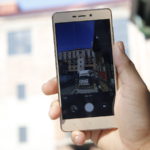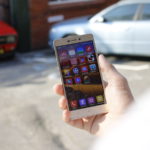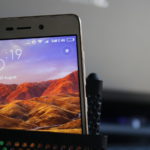New Hope School, a beacon of hope and education for children with special needs in Pretoria, is set to receive a generous donation of…
Xiaomi Redmi 3 reviewed: this Redmi Blewmi away
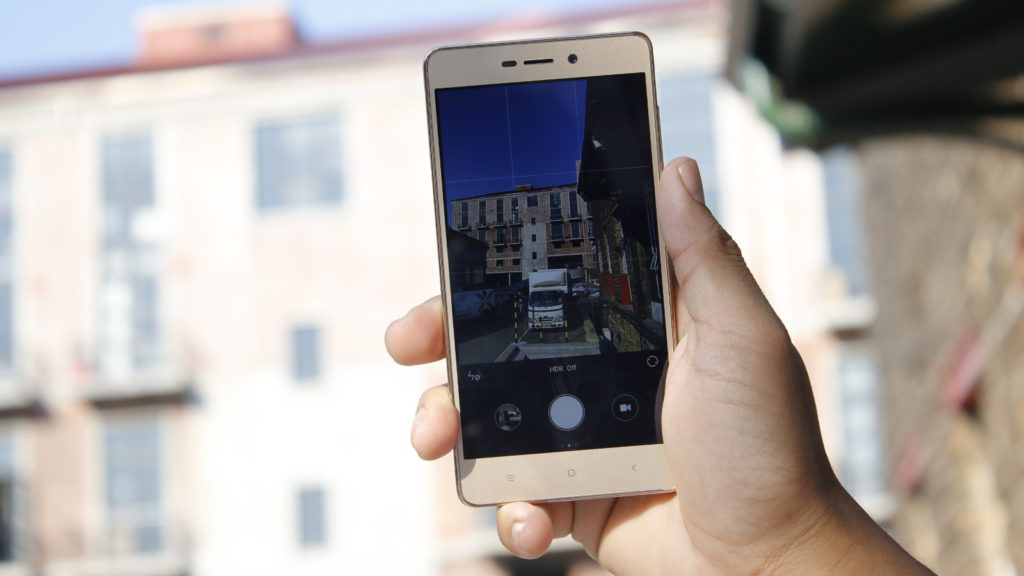
The Xiaomi Redmi 2 Pro arguably represents the best bang for your buck in the South African smartphone sector. At R1899, you got a budget-minded but still capable Snapdragon 410 chip and 2GB of RAM, an 8MP/2MP camera pairing and 16GB of expandable storage.
So does the Redmi 3 actually meet the benchmark set by the Redmi 2 Pro or is the old phone still king? Let’s dive into the hardware first.
Hardware and specs
The Xiaomi Redmi 3 represents a notable step up from its predecessor on paper, starting off with the internals. There’s a mid-range Snapdragon 616 chip (eight A53 cores) replacing the quad-core Snapdragon 410, the RAM count has increased from 2GB to 3GB and in a lovely move, we now have 32GB of expandable storage.
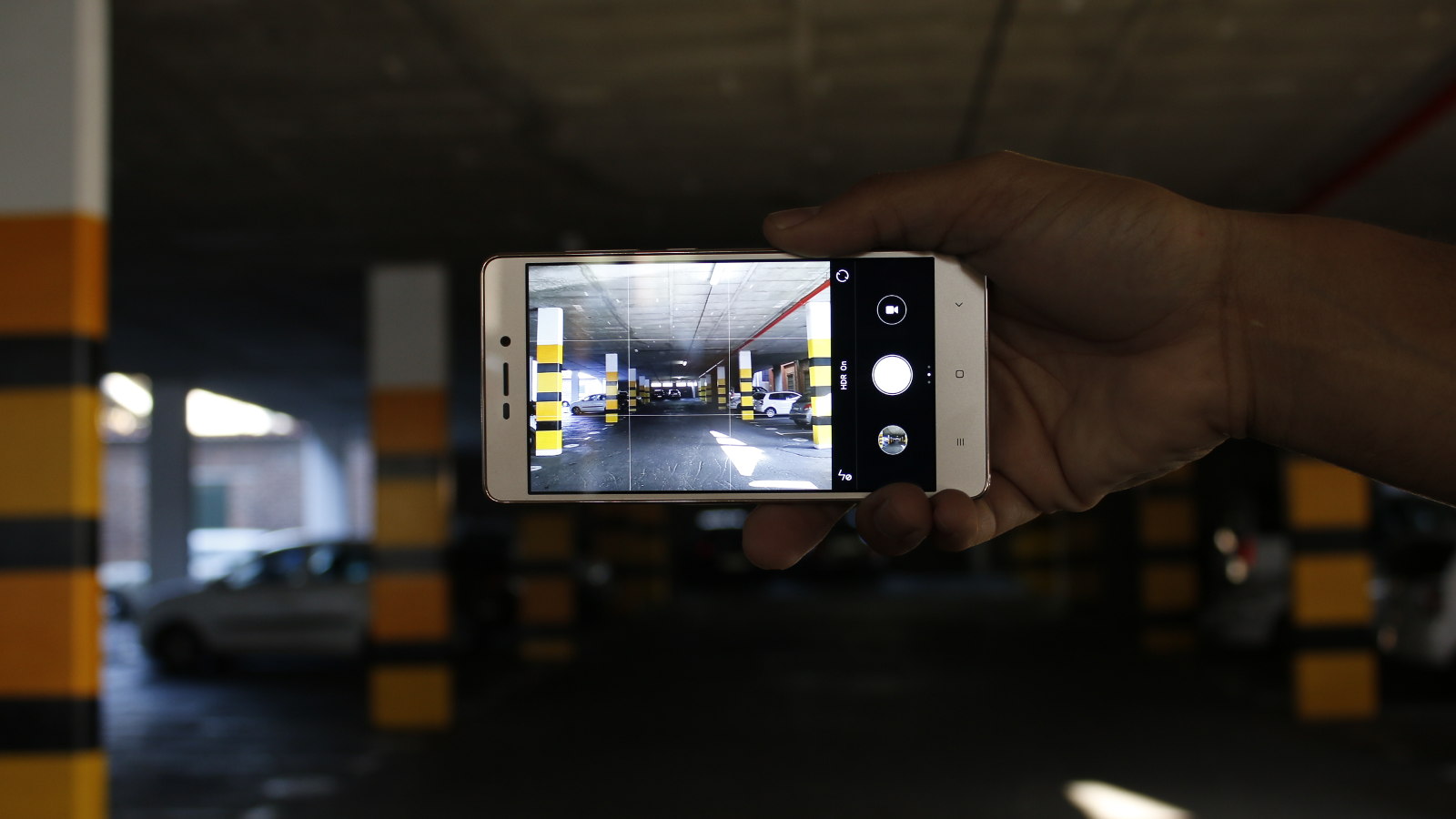
The Xiaomi Redmi 3’s display does see a slight step backwards, being a 5-inch 720p IPS LCD screen as opposed to the more pixel-dense 4.7-inch 720p LCD display on the Redmi 2. But the actual difference in pixel density shouldn’t be big at all.
Unbox the phone and you’re looking at a device that bears a strong resemblance to the metal-clad Redmi Note 3, featuring a brushed metal back and a plastic top and bottom. Look at the front and you’ll find a pretty thick bottom bezel, housing the capacitive keys (along with a notification light just below the home key), but otherwise, there’s no branding here. Flip the phone over and you’ll find a Note 3-like layout, featuring a circular fingerprint scanner and the main camera in the corner. Otherwise, there’s also a speaker grille and Xiaomi branding at the bottom.
The Xiaomi Redmi 3 fingerprint scanner makes for a lovely bonus in this price bracket
As for the usual I/O, you have a microUSB port at the bottom, volume rocker and power button on the right, infrared blaster and earphone jack at the top and hybrid SIM tray on the left. All in all, it definitely stands out from other phones in its price range.
The Xiaomi Redmi 3 is also notable for featuring a rear-mounted fingerprint scanner, being almost identical to the design of the Note 3’s scanner. Unlike our initial impressions of the Note 3’s scanner though, the Redmi 3 delivers a fast, accurate fingerprint experience. No thigh activation here.
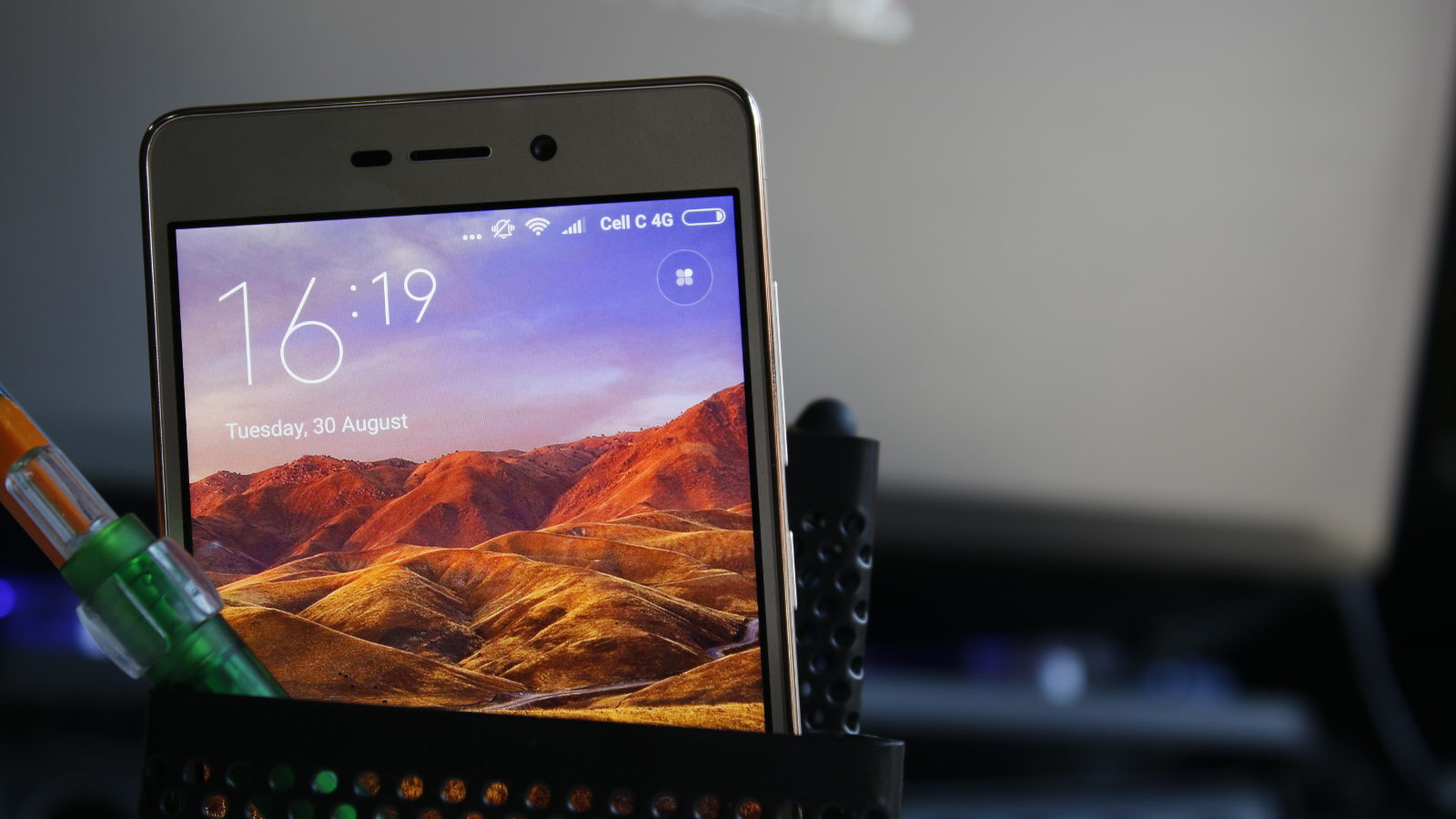
Anyway, the Xiaomi Redmi 3 lets you use the scanner for authenticating Google Play purchases, but doesn’t quite have as many features as Huawei’s efforts (such as trackpad-style functionality). It’s also unclear whether we can hide apps and files behind a fingerprint either, as these features are hard to find. But a quick Google search (I know, I know) reveals that there is an option for the latter, within the file explorer.
MIUI is back
If you’ve used the Note 3 or any other recent Xiaomi handsets, you’ll be hard pressed to tell the difference in the software department. The Chinese firm has done a good job of keeping the MIUI skin constant across phones, down to the features as well.
So that means an iOS-like experience with bright colours, a similar settings page, an app dock and no app drawer then. In other words, if you like stock Android, you might not like this, but if you’re coming from iOS, it’ll be a smoother transition.
Either way, Xiaomi’s theme store is one of the best around, offering thousands of themes to download and plenty of customisation. So if the default skin annoys you, there are plenty of options (aside from launchers).
In terms of bloatware, the Xiaomi Redmi 3 is no Nexus device, shipping with a Security Manager hub (featuring a cache cleaner, virus scan tool and shortcuts to other tools) and preinstalled Facebook/Fleksy keyboard/Swiftkey/WPS Office apps. This is in addition to the expected camera, gallery, music, weather and notes apps. So, it’s not as hefty as the Galaxy S4 but it’s not as light as stock Android either.
Performance: quantity over quality?
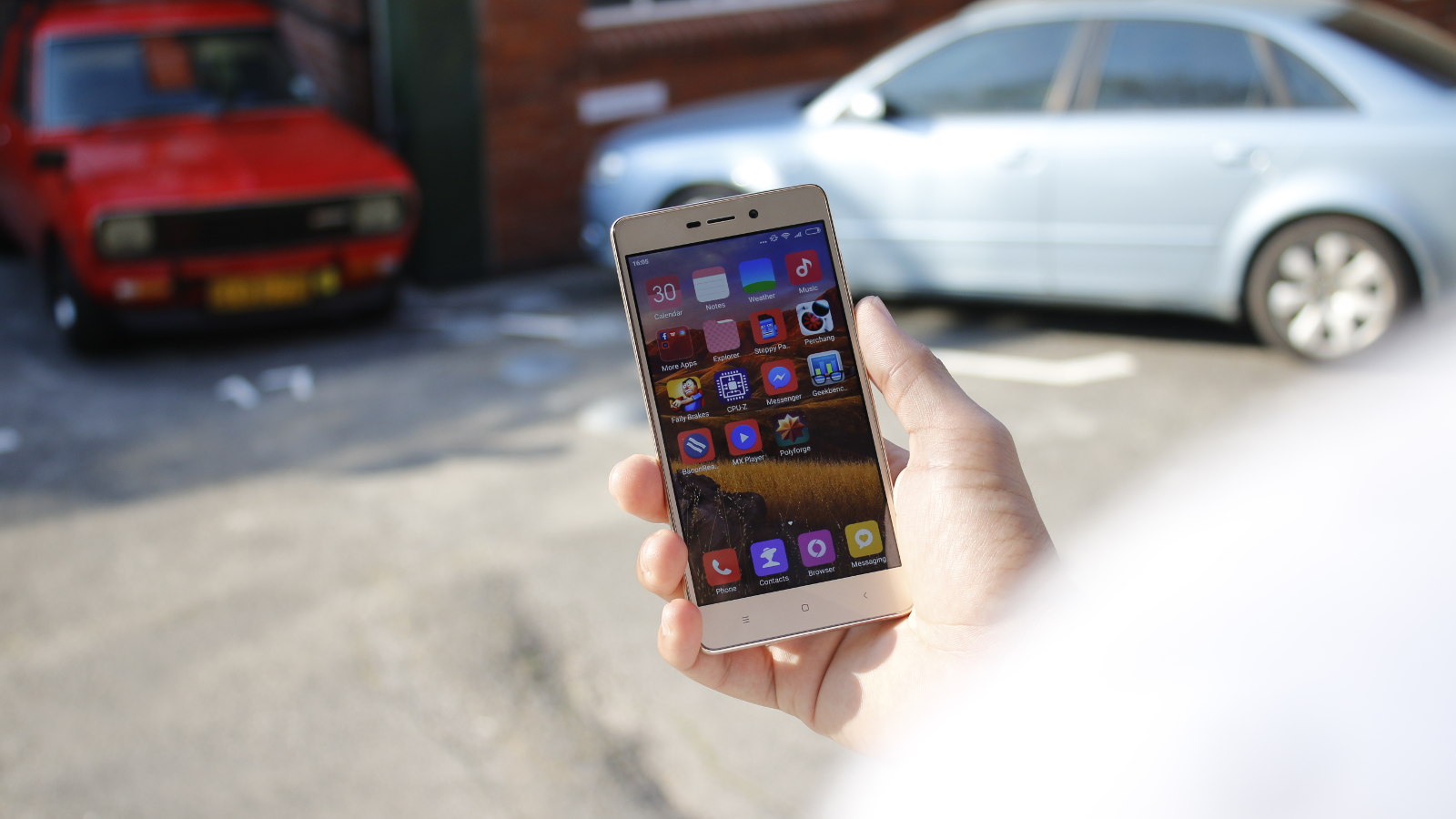
In the performance department, we’re looking at a solid upgrade over the Redmi 2 Pro, in the form of an octacore Snapdragon 616 and 3GB of RAM. But what do the benchmarks show us?
An Antutu test turned up an initial score of 39 568 (putting it just outside the top 30), while subsequent tests turned in scores of 36 309, 34 368 and 33 972 respectively. This of course means that there’s a small but gradual amount of throttling taking place here. The phone got warm during these tests, but never became uncomfortable to hold. These scores aren’t the greatest then, but they still manage to crack the top 40 devices.
GeekBench delivered a single core score of 585 and a multi-core score of 2669. In other words, this is undeniably budget territory, the single core score falling far below even the Snapdragon 801-equipped Galaxy S5 and being more in line with the first-generation Moto X and Galaxy S4. The multi-core score isn’t high either, but it manages to top older flagships such as the S5 and OnePlus One.
Key information
Dimensions: 69.6mm x 8.5mm x 139.3mm
Weight: 144g
SIM Type: Hybrid dual-SIM
Display: 5.0-inch, 720×1280, IPS LCD
Chipset: Qualcomm Snapdragon 616 octacore CPU | quad-core ARM Cortex-A53 at 1.5Ghz & quad-core ARM Cortex-A53 at 1.2Ghz | Adreno 405 GPU | 3GB of RAM
Storage: 32GB expandable storage
Imaging: 13MP, f/2.0 aperture, two-tone flash | (Front) 5MP, f/2.2 aperture
Video: 1080p at 30fps
Battery: 4100mAh fixed
Cool features: Rear-mounted fingerprint scanner
OS: Android 5.1 with MIUI 7
Combined with the 720p display, we have a phone that manages to tick along at a brisk pace in general. Web browsing, launching apps, multitasking and media playback was all handled in quick fashion. This is yet more proof of the whole “cheap phones are becoming good and good phones are becoming cheap” line of thinking becoming a reality.
Moving to games, the Xiaomi Redmi 3 was able to play all titles we threw at it, namely Perchang, Steppy Pants, Faily Brakes, Flip Diving and Polyforge. We did notice a lot of aliasing with Perchang, being a clue to either the game’s lower graphical settings, the Redmi 3’s lower resolution screen or both. In fact, while there was a little slowdown with Perchang (which was still very playable, mind you), the rest of the games ran at a mostly smooth pace.
The only real downside is that, compared to your typical flagship, loading screens are definitely a few seconds longer in games. But again, the overall experience was pleasant anyway.
So if you’re looking for a relatively fleet-footed, no-frills phone, the Xiaomi Redmi 3 will get the job done – and play the latest mobile sensations.
A budget camera experience
The photography department is usually the first to suffer in a budget handset but, while the phone’s cameras aren’t amazing, you can still get excellent snaps out of it in ideal conditions.

Redmi 3 Sample

Some accurate colours here, although the resolvable detail is lacking.
Redmi 3 Sample

Like most phones, the Redmi 3 doesn't excel at night. But the drop is arguably bigger with this handset than other phones. Check the text on the menu.
Redmi 3 Sample

The Redmi 3 still captures a good amount of light, and the chalk writing in the background was captured well too.
Redmi 3 Sample

This undercover parking shot shows some harsh light coming in. But it still makes for a decent showing.
Redmi 3 Sample

Switching to HDR results in super saturated colours. There's no middle ground here.
Redmi 3 Sample

A standard shot, resulting in some muted colours.
Xiaomi Redmi 3 1
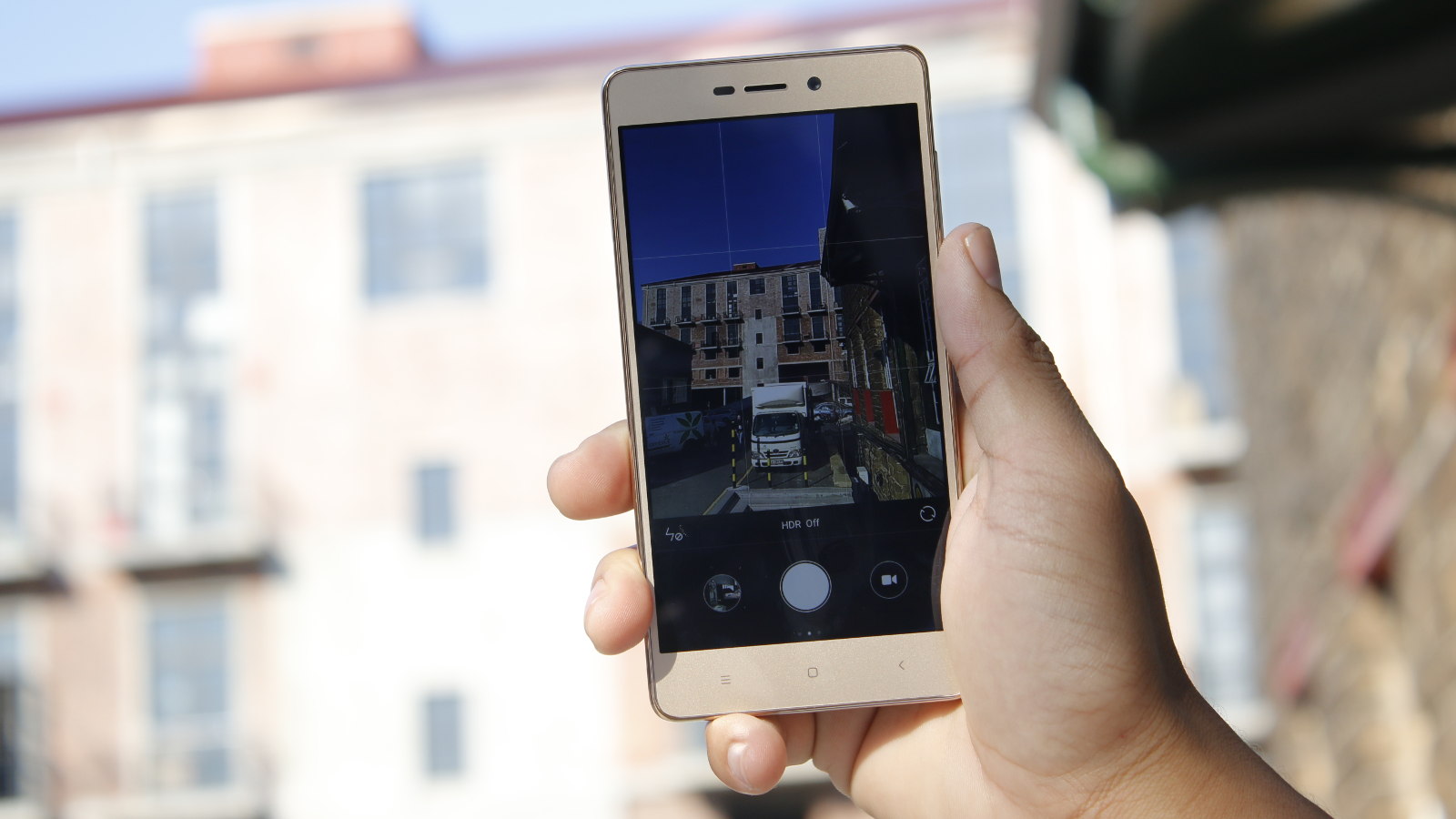
Xiaomi Redmi 3 Viewfinder

Xiaomi Redmi 3 Camera

Xiaomi Redmi 3 Screen

Xiaomi Redmi 3 Pens

Xiaomi Redmi 3 Sample

One of the better shots here. There's still a fair amount of noise on red building to left and some blurry edges, but a vivid snap nonetheless.
Xiaomi Redmi 3 Sample
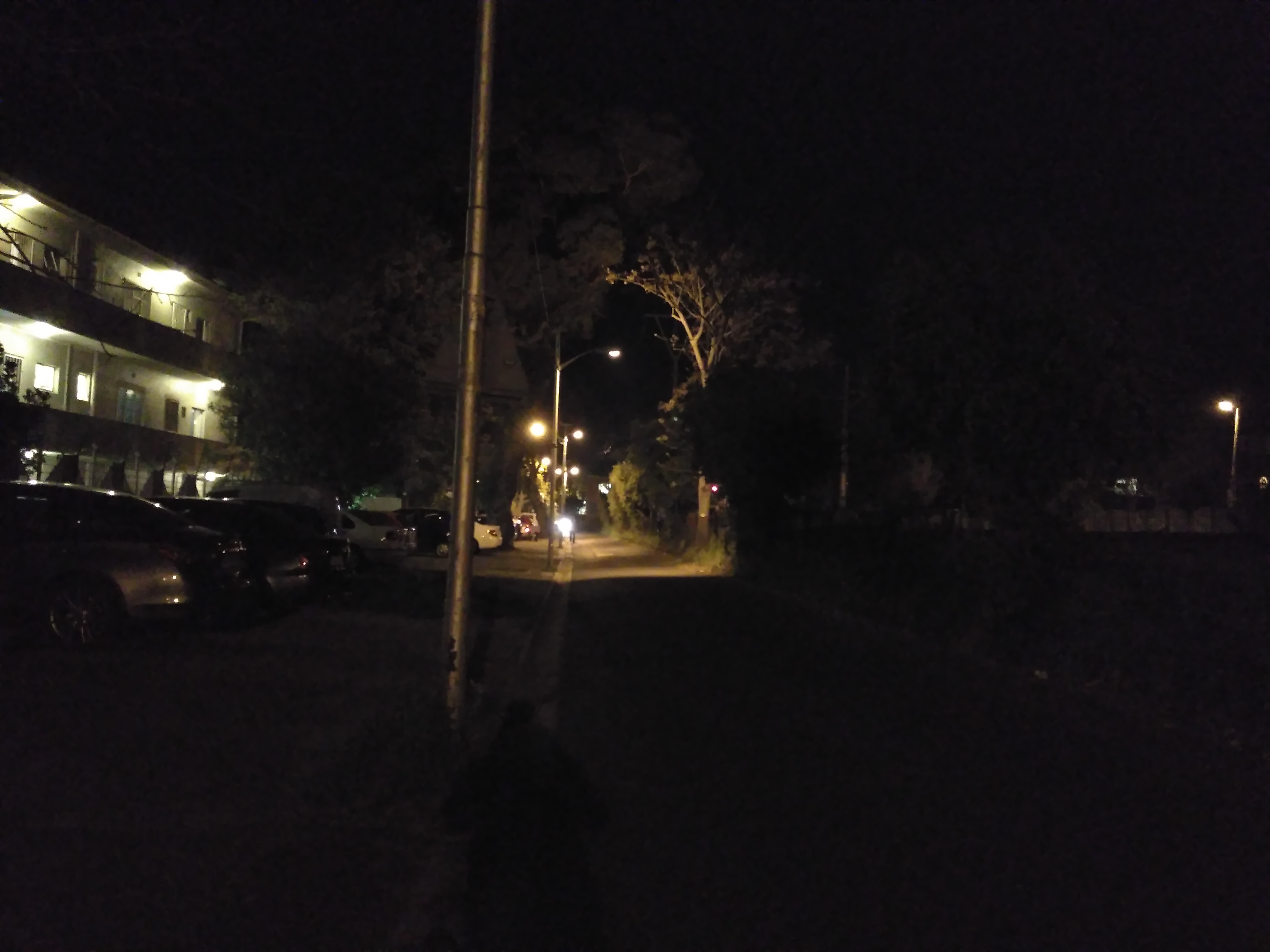
A night-time shot like this is a test for even the best mobile cameras. So it's no surprise to see a murky photo here.
You’re looking at a bog-standard 13MP f/2.0 main camera, albeit with fast phase-detection autofocus. In terms of picture quality, the main camera is capable of some great shots during the day. Colours are rather muted without HDR and sometimes feel very inaccurate (such as bright colours) though. Additionally, grey skies are susceptible to being blown out and detail in shadows tends to be lacking (a by-product of the poor dynamic range), but you might be surprised by the amount of overall detail this budget shooter can capture. Whether it’s a billboard in the distance or tiny text on a sign, the Xiaomi Redmi 3 generally does a good job of capturing these little touches during the day.
The HDR shots see some super saturated, unrealistic colours (par for the course with Xiaomi really), but they definitely make for some visually pleasant shots. However, the phone’s budget processor makes itself known here, as HDR shots often take between three or four seconds to capture.
As you’d expect from a sub-R4000 phone, the camera, while capturing a decent amount of light, is very noisy and splotchy at night, delivering a huge drop in detail compared to daytime snaps. The weedy LED flash isn’t going to produce much better results either, so you’ll want to find a well-lit area for your shots then.
The Xiaomi Redmi 3 takes great shots during the day but, like most budget phones, is rather naff at night
Switch to the video department and the Xiaomi Redmi 3 might leave you feeling a little disappointed. There’s support for time-lapse video and up to 1080p recording, but it lacks slow-motion video, 4K (understandable, given the lightweight chipset) and 60FPS video of any kind.
The photo department also doesn’t boast plenty of modes either, featuring “manual mode” (white balance and ISO adjustments only), beautify, handheld twilight mode for low light shots, a timer mode, panorama, scene selection and “straighten” option. Where’s the proper manual suite? What about tilt-shift seen in the Redmi Note 3? A refocus option?

Selfie-wise, the 5MP main camera is nothing to write home about, being full of noise in anything other than good lighting conditions. A Snapchat-style screen flash would’ve gone a long way to making these images useable at night or in a bar. Still, daytime selfies can be cropped if need be, as there is enough detail to go around.
In other words, the Xiaomi Redmi 3 punches above its weight during the day, but clearly makes its budget trappings known when you visit the bar. The lack of photo/video modes is another black mark in this department, but overall, the Xiaomi Redmi 3 will get the job done well enough.
That gargantuan battery
The Snapdragon 616 chip may be squarely in budget territory, the 720p 5.0-inch display might be typical for the price range and the 13MP camera might be “good for a mid-range phone”, but what about the battery? The 4100mAh battery is huge, even for a R10 000+ smartphone, and can be considered the phone’s biggest strength (almost literally, chortle).
Combine a big battery with the power-sipping specs and you have a phone that can easily last for two days of everyday usage (music playback, WhatsApp, social media). We also put the phone through a video playback test (cranking up the brightness to max, keeping WiFi/mobile data enabled), being able to eke out roughly nine hours of usage. An impressive figure by almost any measure (your average phone seems to top out at six hours), and you’ll only get more juice by turning down the screen brightness.
The only real complaint is that the phone doesn’t last very long in standby, so expect to see a sizeable chunk of your battery bar missing after a few days on standby.
Still, if battery life is your top priority or you’re a frequent traveller, the Xiaomi Redmi 3 is quite possibly the best phone for you – regardless of price point.
Verdict: The Xiaomi Redmi 3 is good enough in pretty much every category, but truly excels in the battery department, making for a long-lasting yet capable mid-range smartphone. Does it beat the sub-R2000 Redmi 2 Pro in terms of sheer value for money though? It’s tough to say, but your extra R1000 and change does give you a lot more bang.
Score: 8.5/10






